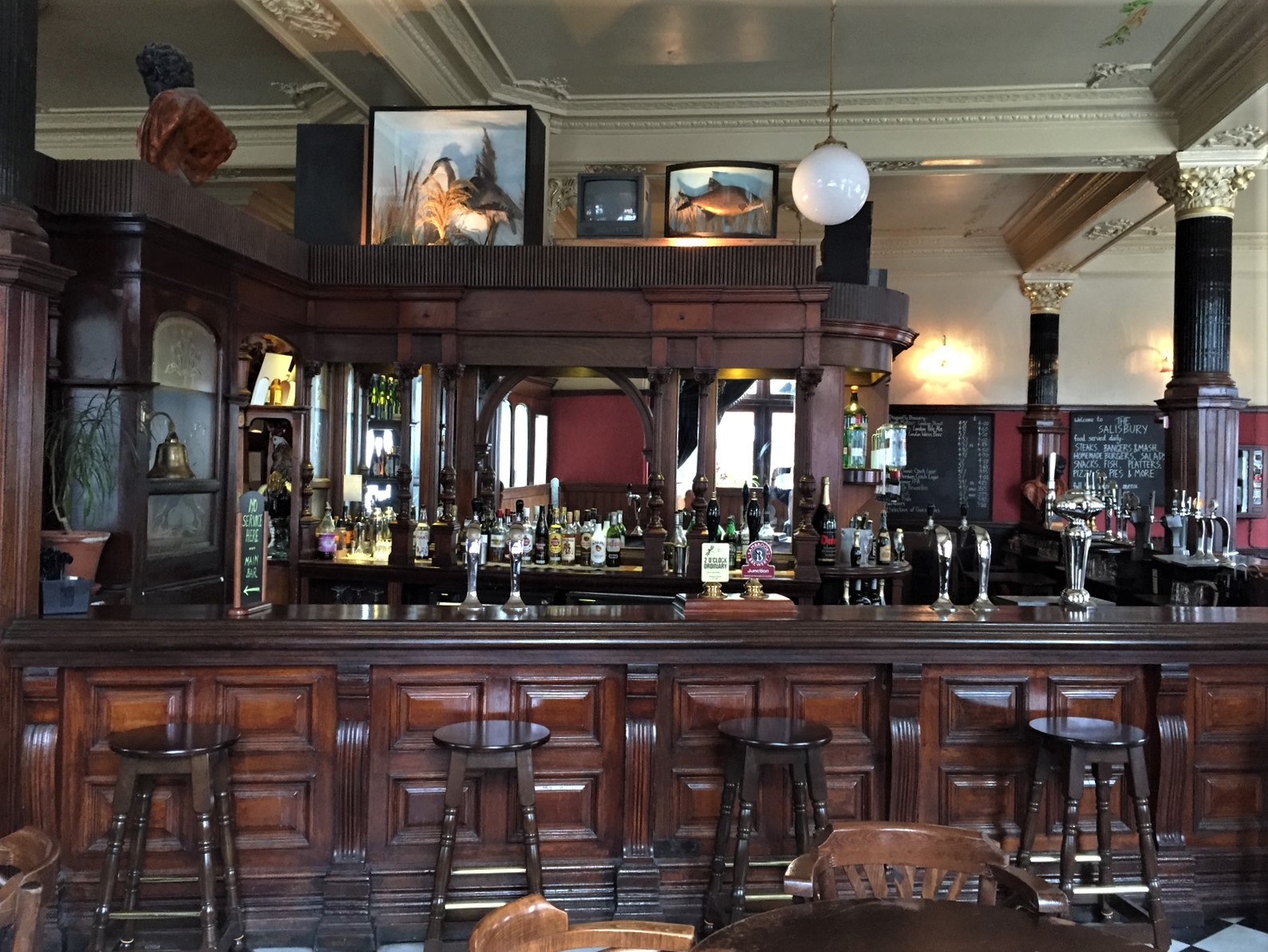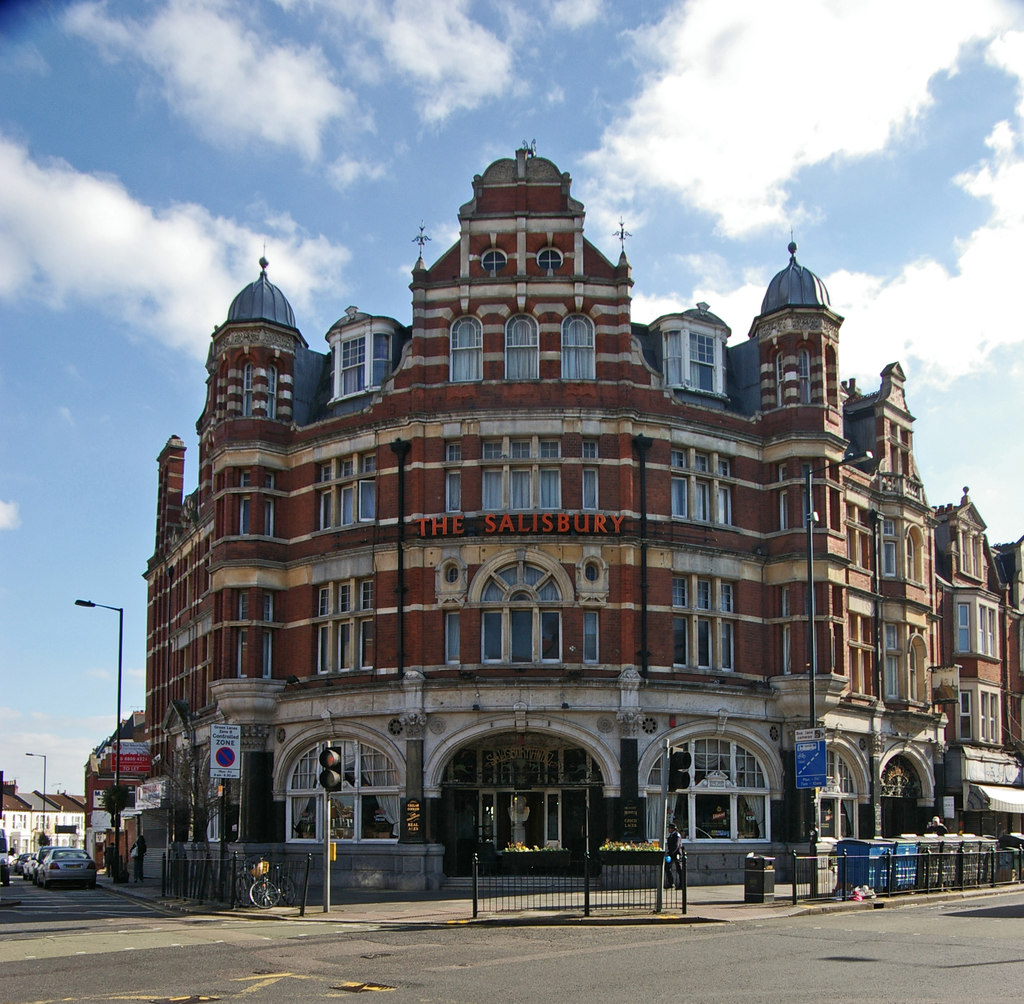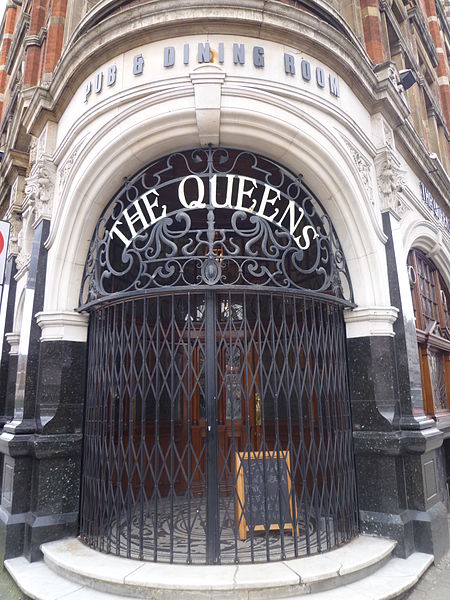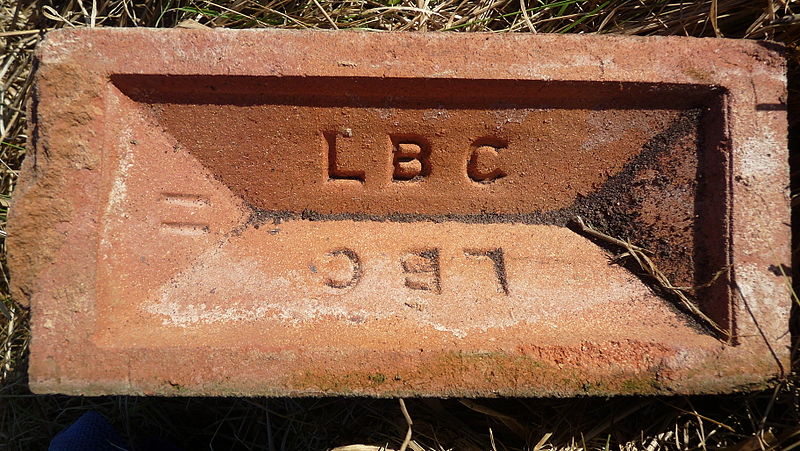John Cathles Hill

|
| The interior of the Salisbury public house, designed by John Cathles Hill. |
Contents |
[edit] Introduction
John Cathles Hill (1857-1915) was an architect and property developer who became involved in the growth of London’s northern suburbs in the late 1800s and early 1900s. He was also the founder of the London Brick Company.
Hill was born in Dundee, Scotland. At the age of 17, he moved away from the family home and became a journeyman carpenter and joiner (a trade he picked up from his father, who was a joiner and wheelwright). He later moved to Glasgow, where he studied construction and architecture at the Mechanics' Institute.
[edit] Early career successes
At 21, Hill moved to London and established his own successful joinery firm. He quickly combined these skills with his architecture and construction knowledge to begin building houses in the rapidly growing North London suburbs.
His work as an architect and builder of homes in the area was extremely successful. Records indicate he was involved in the construction of more than 2,000 homes around London and Peterborough. He also became involved in building shops, pubs and hotels and developed high street parades in an elaborate style.

|
| The Salisbury in Harringay is a Grade II listed late Victorian hotel-public house built to the designs of architect John Cathles Hill. He was also responsible for the Queen's Hotel in nearby Crouch End. |
Two Edwardian era pubs, the Salisbury Hotel in Green Lanes (built in 1898-99), and the Queen’s Hotel, Crouch End in (built in 1898-1902 or 1899-1901), are still in operation. They are both highly decorated, Grade II listed structures, featuring outstanding examples of Art Nouveau interiors with etched windows and stained glass (made by Cakebread & Robey), mosaic tiling, ironwork entrances, cast iron columns, mahogany bars (made in Hill’s joinery workshop) and elegant plasterwork details. The exteriors are red brick with white stone bands.

|
| Built 1899-1901 by John Cathles Hill, the Queens Pub was formerly a hotel; it is now a Grade II listed building. |
[edit] London Brick Company
By 1889, Hill found he was not able to acquire enough bricks to meet the demands for his work. As a result, he decided to purchase the struggling TW Hardy & Sons brickyard at Fletton in Peterborough and established the London Brick Company. The area had an abundant supply of Oxford Clay, which became the primary raw material in the production of bricks produced by the London Brick Company.
Ambitious but practical, Hill increased the company's output dramatically after investing in the construction of a massive kiln that was referred to as ‘Napoleon’. At one point, the company was able to make as many as two million bricks a week. This resulted in the dominance of London Brick Company’s Fletton bricks in the construction industry for a significant portion of the 20th century.

|
| It is believed that as many as five million homes in the United Kingdom were built using Fletton brick manufactured by London Brick Company. |
As part of his leadership of the brick industry, Hill became involved in the establishment of a national association of brick manufacturers in 1910. He also joined the Institute of Clayworkers. By becoming actively involved in these organisations, Hill attempted to use his influence to control competition within the industry.
[edit] Financial struggles
By 1912, financial difficulties forced Hill to declare bankruptcy and place the London Brick Company in receivership. These struggles were unrelated to the London Brick Company and its operations. They were brought about by risky investments, an economic downturn and the decreasing value of mortgages Hill had on some of his properties. As his fortunes faded, he developed cirrhosis of the liver and died of a heart attack in 1915.
One of Hill's sons, John Edgar Hill (1887–1937) became director of the London Brick Company after it was taken out of receivership in 1919. The younger Hill continued his father’s development of the brick-making industry.
The company subsequently went through several mergers, but is still in operation. It is owned by Forterra plc, although Fletton brick now makes up only a small percentage of the brick manufactured in the UK.







